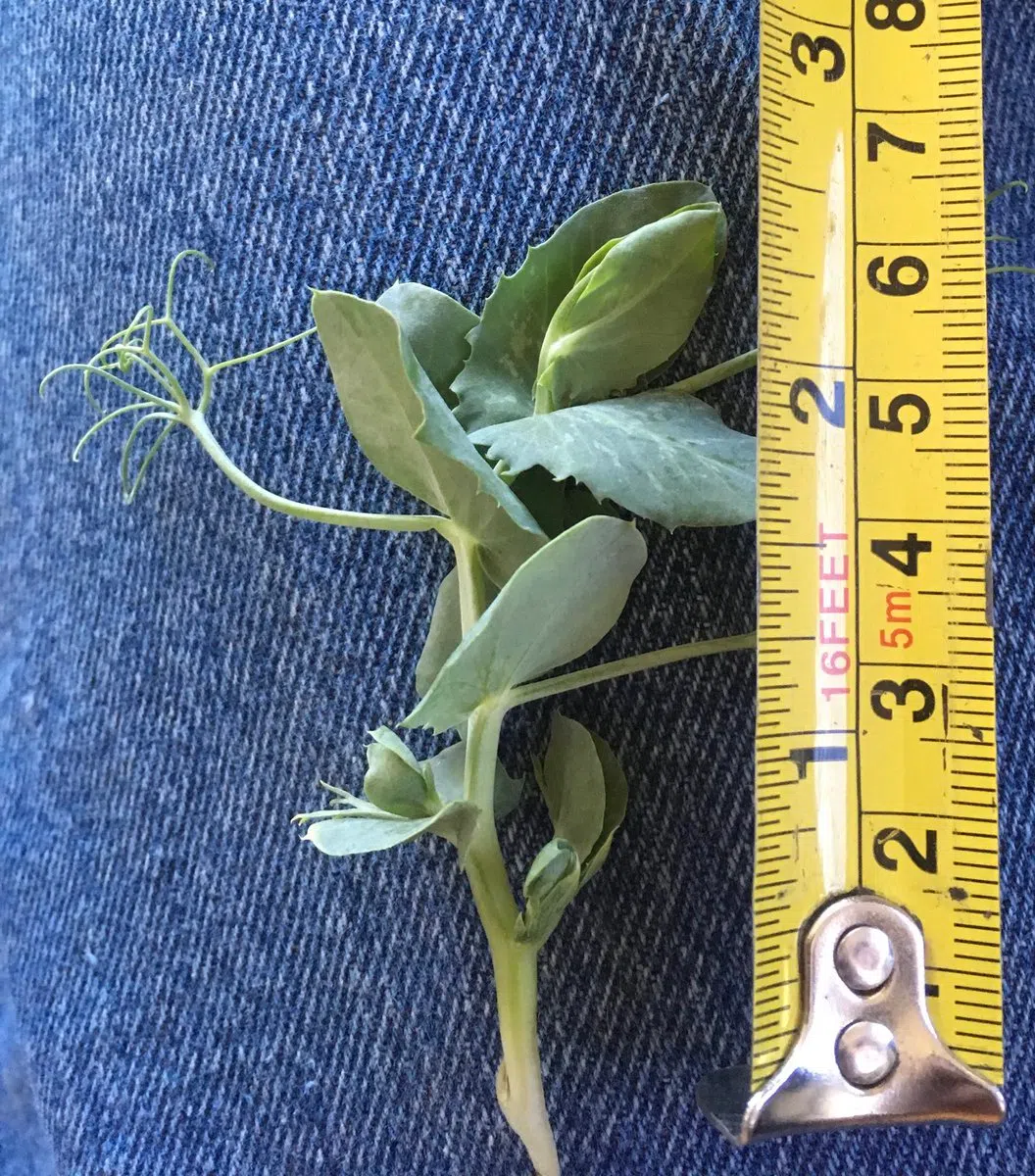
The dry conditions have impacted crops and weeds, with both experiencing slower rates of growth.
Pre-seed burn downs cleaned up fields and there has not been enough precipitation to kickstart weed growth.
There are a number of questions facing growers, according to Sherrilyn Phelps, agronomy manager with Saskatchewan Pulse Growers.
“They have to decide whether it’s worthwhile to do an in-crop herbicide (application) now or do you wait for moisture? How far is the crop going to advance before that happens? That is probably the biggest challenge right now is deciding on when and if in-crop herbicide applications are going to occur,” says Phelps.
In-field scouting is important because crops are shorter than normal. Phelps indicates growers and agronomists need to be out checking the node stage to make sure those crops aren’t advancing past the safe stage for in-crop herbicide application.
“Even though it doesn’t look very advanced from the road, you have to get in there because the crop is much shorter than average and it is advancing quickly. I have heard where there are some fields that are almost past the in-crop herbicide stage, so you need to be aware of where your crop is at,” says Phelps.
The one positive is that peas benefit when there isn’t a lot of early weed competition. However, rain will be needed soon as plants move from the vegetative stage to the reproductive stage.
“Once those flower buds start forming in the plant and the plant gets into the flowering stage, that is when they need the most moisture,” says Phelps. “The real yield limiting factors come into play during the reproductive stages and we are not that far away.”
(Above picture: Sherrilyn Phelps/Twitter)






















